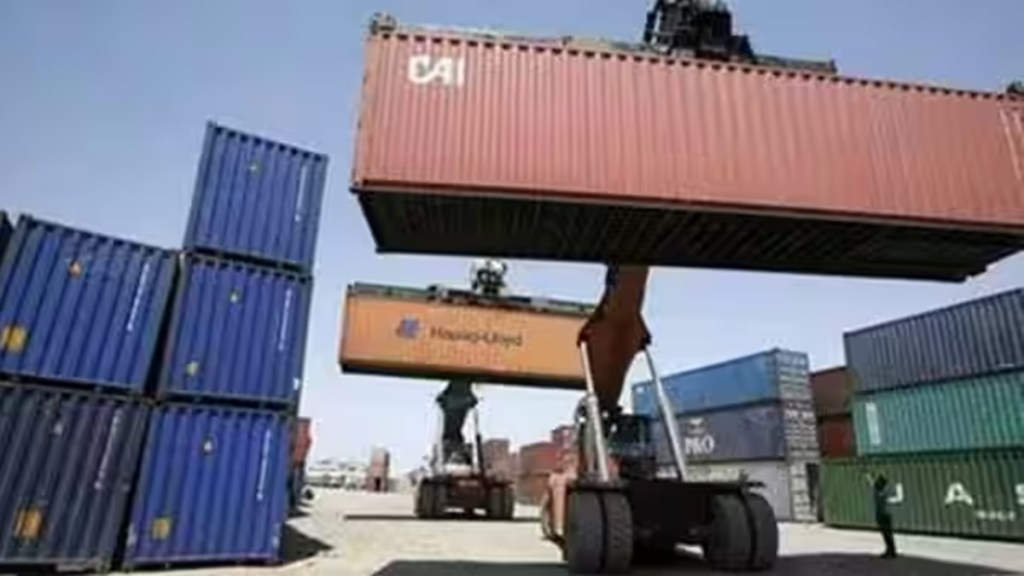While the government is considering more free trade agreements that address tariff walls, the post-pandemic proliferation of non-tariff barriers (NTBs) are threatening to undo the trade liberalisation plans.
NTBs have come in the form of quotas, embargoes or technical regulations, standards and conformity assessment procedures that are used to ensure safety, quality and performance of goods.
The key Indian exports that routinely face high NTBs are chilies, tea, basmati rice, milk, poultry, bovine meat, fish, chemicals products to the EU;, sesame seed, shrimps, Medicines, Apparels to Japan; food, meat, fish dairy and industrial products to China.
In the US fruits and shrimps exports face barriers while in South Korea bovine meat. Ceramic tiles to Egypt, chilli to Mexico, medicines to Argentina, microbiological regents to Saudi Arabia, electrical, medical devices and household appliances to Brazil.
According to an assessment, 80% of India’s trade is subject to some or the other non-tariff barrier.
Non tariff barriers are more effective than tariffs in regulating trade. While tariffs can regulate prices and businesses can adjust to it, the list of compliances, complex rules and time taken to meet the technical and safety requirements can dissuade many smaller and medium businesses.
Most of the Indian exporters faced the issue of complex and time-taking procedures for authorization, clearances, or for mandatory testing at laboratories. Additionally, some countries also imposed their standards and regulations which are not aligned with international standards. Due to these, exporters face high costs for meeting such rigorous requirements. As sometimes, they have to change the production processes and might lack infrastructure or production technology which impacts their overall exports internationally.
Most of these barriers are put by developed countries and regions like the US and the European Union.
“The developed countries have agreed to very low bound tariffs at the World Trade Organisation leaving little room for them to manoeuvre tariffs and so they are using non-tariff barriers in greater numbers,” Secretary General of Apparel Export Promotion Council Mithileshwar Thakur said.
The new FTAs that are being negotiated also discuss technical barriers on trade but not everything can be covered by the agreements as countries come up with newer kinds of trade barriers. The biggest NTB is on the horizon of the Carbon Border Adjustment Mechanism or carbon tax. First proposed by the European Union, now other developed countries like the UK and the US are planning something on the same lines.
The protests against the carbon tax have been registered by the developing countries and the issue could also come at the World Trade Organisation.
Apart from WTO and trade agreements, countries also try to deal with the issue bilaterally.
“India’s exports are far below potential as most products face NTBs in the EU, USA, China, Japan, Korea and many other countries. To get to the next phase of India must address the issue of non tariff barriers which has been rising rapidly post COVID,” founder of Global Trade Research Initiative Ajay Srivastava.
As the tough standards are imposed on Indian exports, the government continues to engage with those countries to minimise their impact.
In the past few years China alone has issued more than 2500 notifications on non tariff barriers while the US, UK, UAE have issued more than few hundred.
Other than imposing standards that are very strict and sometimes not even backed by science, the countries put a big list of procedures that take a lot of effort and time to comply. “The bigger exporters can deal with them but small and medium enterprises are discouraged and some of them give up their efforts,” Srivastava said.
AEPC’s Thakur says that Industry should also be proactive when technical barriers to trade are put up.
He also said while putting TBT (Technical Barrier to Trade) measures, countries notify the World Trade Organisation. Most countries follow a consultation process before a new TBT (Technical Barrier to Trade) is introduced or an existing TBT is modified.
“Indian industry should proactively participate during the consultation process and register their apprehensions/ concerns and raise objections, if any, before the regulations notifying TBTs come into force,” he added.
One way of dealing with the non-tariff barriers is raising domestic standards in products where export rejection is faced. “India should engage in discussions with partner countries and be prepared to retaliate if unreasonable standards or rules continue to obstruct imports from India,” Srivastava said.
The hindrance posed by NTBs on India’s export performance is a critical challenge. A time frame must be decided to resolve important NTBs.

